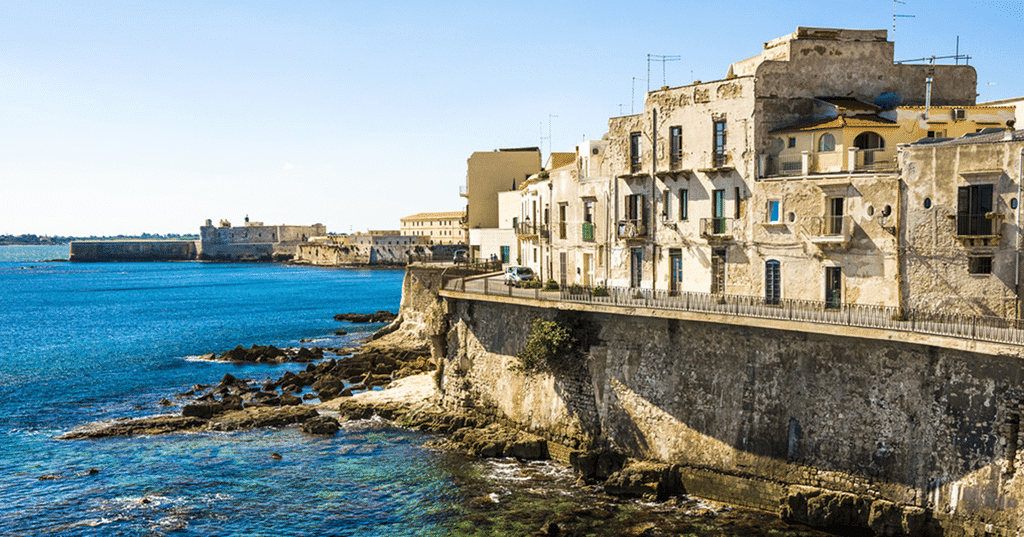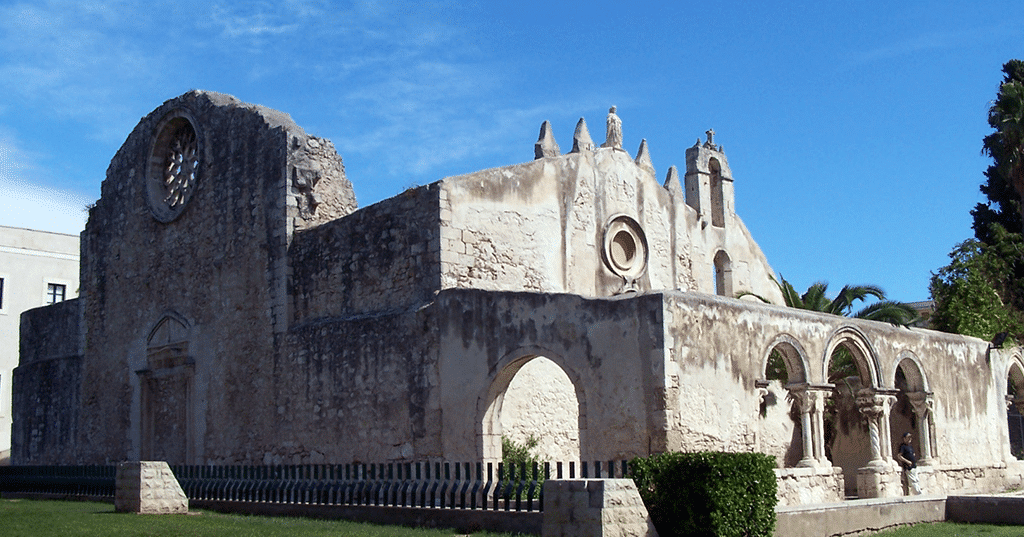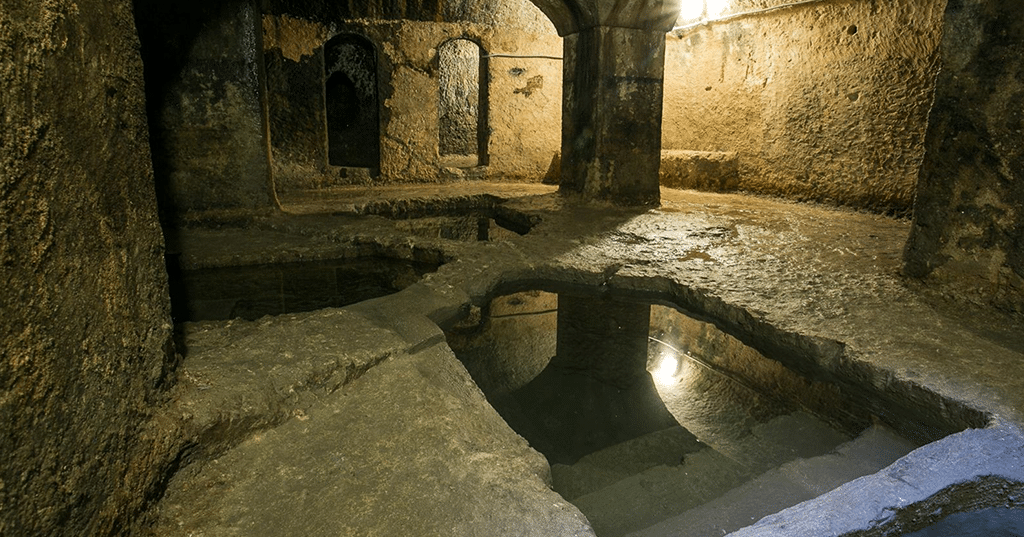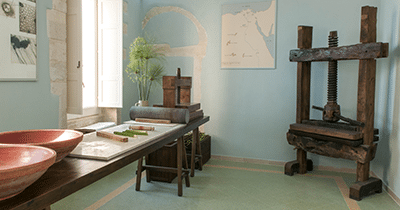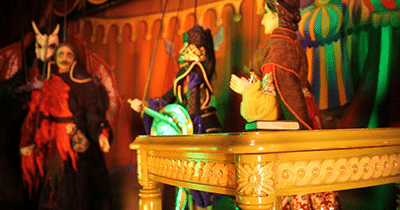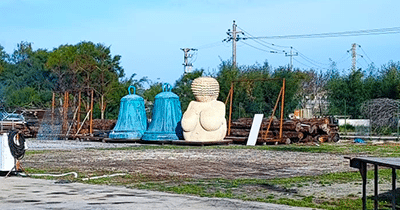MAIN CONVENTION TOURS
REGIONAL TOUR
Noto
Dedicated to EXBO members, Delegates, Participants and Accompanying persons.

The excursion will start with a visit to the beautiful city of Noto.
Noto is, quite simply, the apotheosis of Baroque town planning and architecture. Completely destroyed by the terrible 1693 earthquake, it was rebuilt from scratch on a new site, about 10km from the old centre.
Under the supervision of the Duke of Camastra, the Spanish Viceroy’s right-hand man, three architects, Labisi, Sinatra, and Gagliardi, set to work, intent on creating a new town based firmly on Baroque ideals.
The idea was to create a linear, perfectly proportioned urban centre whose parallel lines would provide myriad panoramas. The town was divided into three parts by three roads running from east to west, thus ensuring the constant attention of the sun. At the top lived the nobility, in the middle the clergy, and at the bottom ‘hoi polloi’, the common people.
A UNESCO Heritage site, Noto is not to be missed, even if Baroque architecture is not your cup of tea. More than just a baroque town, it is a subliminal expression of originality, fantasy, obsession, and man’s resilience in the face of the overwhelming force of nature.
After visiting the city, the show of Corteo Barocco will be arranged for WFTGA participants at the Theatre of Noto, and, in the end, a dinner will be served in the wonderful Palazzo Landolina.
